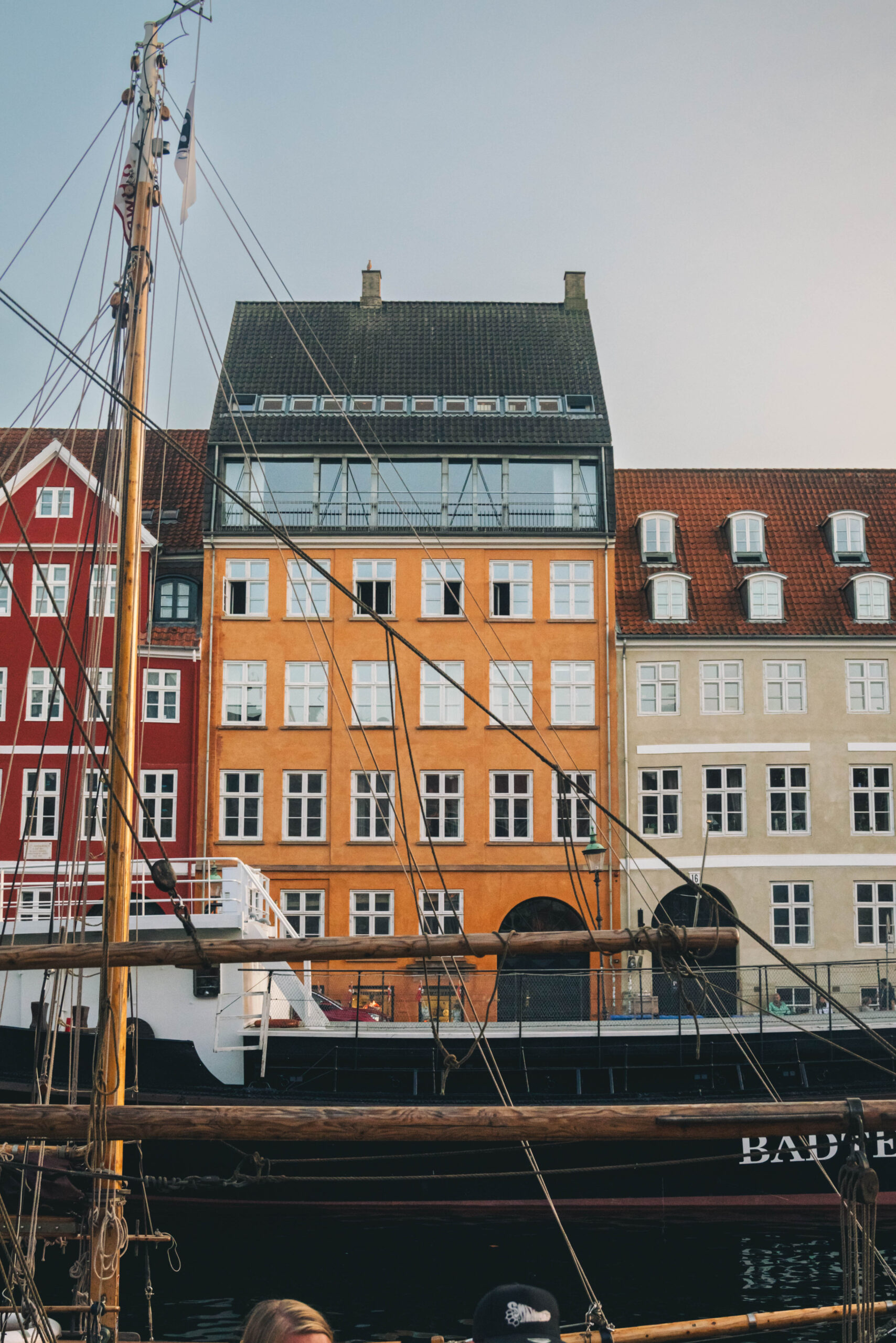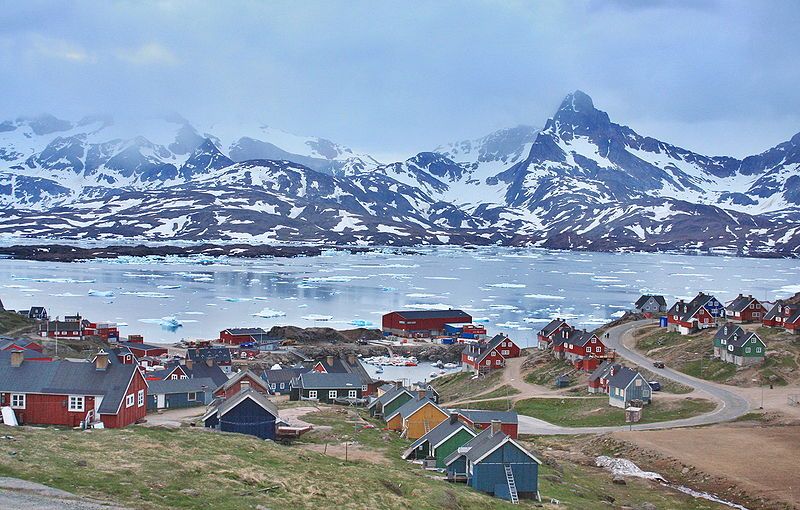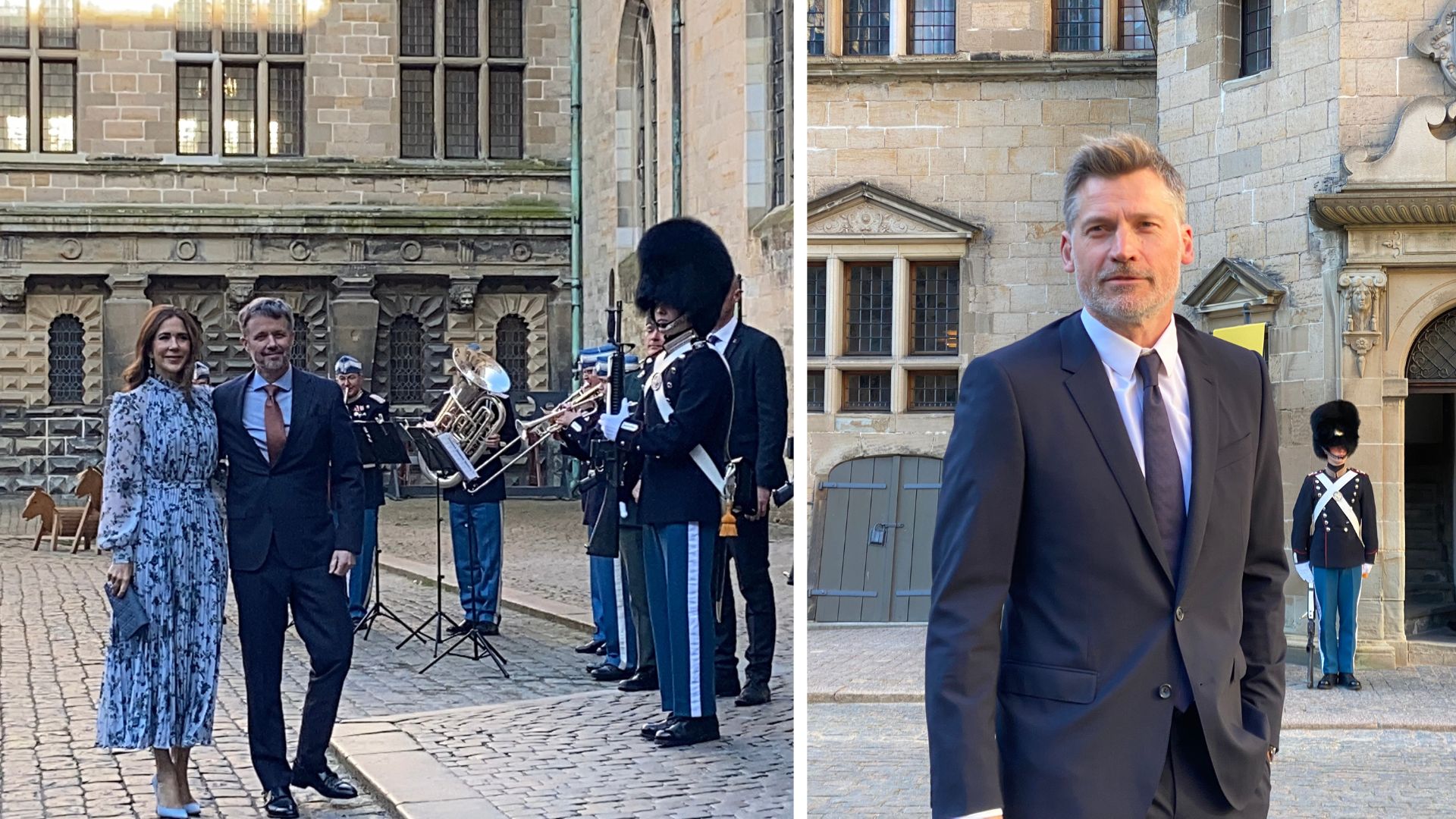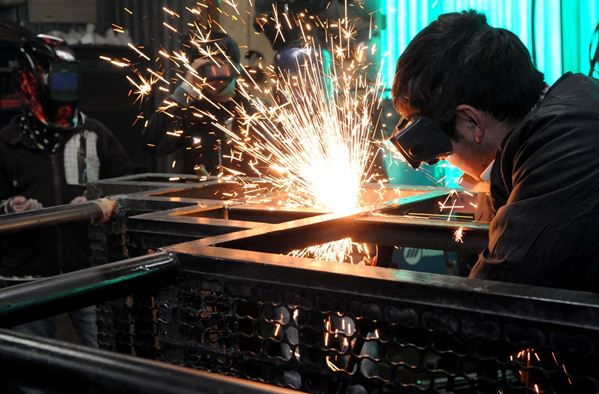The arrival of a new film by Ron Fricke is a big deal, partly because it’s a rare occurrence. He works on the biggest scale imaginable: a five-year shooting process on 70mm film in 25 countries with no conventional narrative and no spoken word. Only music and pictures. For anyone who has seen Koyaanisqatsi (1982), Chronos (1985) or Baraka (1992), it will come as no surprise that the imagery in this film is nothing short of devastating. He reveals to us some of the planet’s most beautiful secrets while showing us evidence of some of our most grotesque failings.
Too limiting to categorise as documentary or an ‘essay film’, it could fittingly be described as a ‘document’ of humanity’s relationship with its environment – and a growing disconnect from it. Fricke walks the delicate line between environmental preaching and travel porn, managing to produce something transcendent and, in moments, brutal and hard-hitting. The lack of conventional form, particularly the omission of spoken word, prevents us from being distracted by questions of authenticity, which can sometimes plague more traditional documentaries. Fricke describes the work as a departure from his previous film, Baraka, in that he has not only celebrated life here, but offered criticism. He describes himself as an observer of Buddhist values and the film as a flowing “guided meditation” through birth, death and rebirth (this is in keeping with the title, Samsara, which in Tibetan describes a continuous flow or movement).
Beginning with the imagery of a volcanic eruption in Hawaii, Fricke elegantly shows us our planet’s awesome destructive energies and, via the haunting photography of some abandoned Saharan housing submerged in the sand, how nature always prevails over our own transitory energies. At the heart of the film, Fricke seems to be describing a struggle between man and his environment, detailing the creative and destructive powers of both sides. One of the most memorable sequences begins with a demented performance by artist Oliver De Zangnen and culminates in one of the most shaming, damning indictments of our consumer culture ever put on film. We are effectively reminded of our utter lack of respect for nature: that by trying to contain and control her, we lock ourselves into ever more restrictive patterns of self-destruction. Ironically, the synchronised dancers inside a Philippine prison appear more free than most of the people outside it.
This shouldn’t give the impression that Samsara is a form of reprimand or only meant to induce guilt in the viewer; the scope of the project is such that, along with the multitude of countries, cultures and practices depicted, it propels us on an equally varied emotional journey, inspiring a spectrum of responses. Moments of despair are matched by moments of wonder at the grace and tenderness of our species.
As you’re watching this film, the film watches you. Faces you’ll never meet, from every corner of the world, look down the lens, right into you. It’s rare to be able to study someone in this way: rare because actors or subjects hardly ever look down a lens in traditional cinema and in real-life it’s equally rare, especially in this wordless manner. The cumulative effect of all this is an emotional, disturbing, spellbinding experience. At its end I was surprised that it was over, not because it doesn’t conclude satisfactorily, rather that the impression of its running time is only half the length. This must be a credit to the way in which Fricke conceived and cut the film: working like meditation or hypnosis, Samsara takes you out of time. Don’t watch it at home as it begs to be seen in a theatre.

Samsara (7)
Dir: Ron Fricke; USA documentary, 2011, 102 mins
Premiered August 28
Playing Grand Teatret, Empire Bio, Cinemaxx, Park Bio, Tycho Brahe Planetarium, Vester Vov Vov












